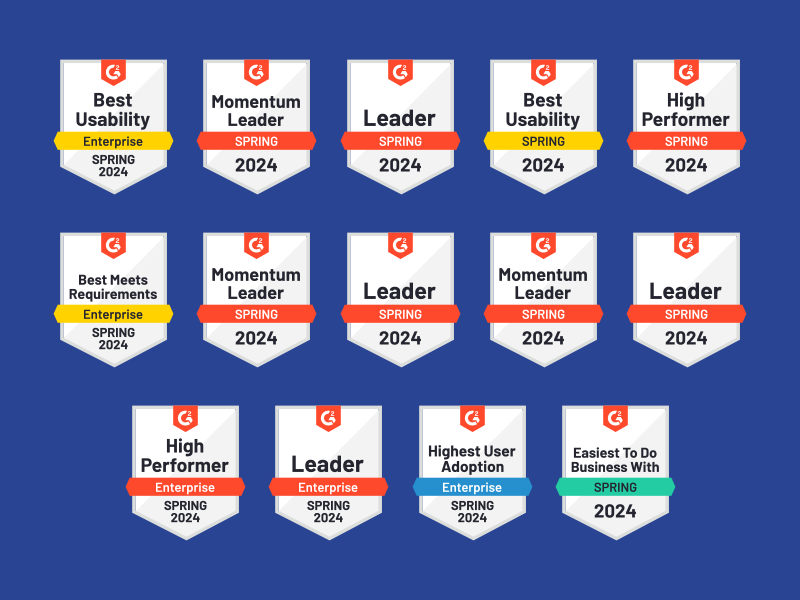You employ a diverse workforce and you appreciate the insights each of your employees has to offer. But how do you ensure that appreciation makes its way through your entire staff and engenders a culture of inclusion? On the one hand, it’s important to see diversity as more than just a legal or compliance exercise. On the other, diversity’s traditional definition is one of the things that limits its impact in some organizations, so it may be time to start thinking beyond those boundaries.
TAKING A BROADER VIEW OF DIVERSITY
According to Amy, the HR leader for an international construction firm, the challenge is not in appreciating the diversity of its employees — it is in making sure that diversity is seen as something beyond its traditional meaning of variety in skin color and gender. For Amy, there is incredible value in diversity of thought and approach. She believes when multiple perspectives are brought to the table, powerful problem-solving can take place. In her words:
“Sometimes even where someone grew up or what kind of interests they have can enable them to bring a different perspective. We care just as much about that as a company as we do the statistics we need for our affirmative action plan.”
LACK OF APPRECIATION CAN LEAD TO ISSUES
One nonprofit organization based in Huntsville, AL, had some problems several years back. The firm was hiring and terminating people based on characteristics other than merit and results, leading to multiple discrimination lawsuits being filed. Upon investigation, the training practices for supervisors consisted of a long list of “thou shalt not” statements. In other words, there was no aspirational aspect to the training or examples of positive outcomes, just a bunch of warnings about how to avoid getting sued. And as was clear from the volume of litigation, that approach was less than effective.
Unfortunately, diversity in itself is not an outcome that everyone naturally appreciates. In these cases, it’s important to cultivate a positive culture of appreciation and respect. For instance, in the recent age discrimination EEOC case that was settled by Texas Roadhouse, one of the company’s requirements in the settlement was to hire a diversity director, because its existing approaches were not appropriate.
A DIVERSE CULTURE REQUIRES MORE THAN TRAINING
These two examples point to the fact that success with diversity requires more than just training. Creating a culture that appreciates a diverse set of employees, as Amy does, takes some effort but also provides powerful results. The right way is to weave this culture into a company’s employment practices, reinforcing the notion at every possible opportunity. For instance:
- When recruiting, ask questions of candidates about their history with appreciating diversity and the value that it brings.
- When training, go beyond the list of requirements and give some ideas of what great leaders have done to bring inclusiveness to their approaches and teams.
- When a leader supports diversity in her team and effectively manages them, recognize her publicly and acknowledge her efforts.
If we want to reinforce a behavior, we need to reward it appropriately when it’s exhibited. For instance, Chipotle restaurants have a development bonus that encourages managers to train up entry level staff to become store managers. This bonus is applied irrespective of gender, race or nationality. Furthermore, an employee can receive the bonus even if they lack a college degree or experience in restaurant management. Ultimately, Chipotle has shown that they are looking for people with dedication and the desire to perform well, and that they recognize that these characteristics know no bounds.
More than just another token training session or the concept of merely tolerating a diverse viewpoint, a positive culture of appreciation is a powerful tool to ensure a culture of diversity and inclusion in your business. Weaving it through your talent practices and taking a broader view on diversity can help to make this a reality.



